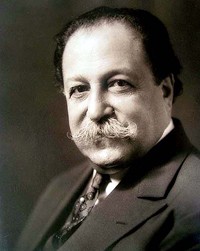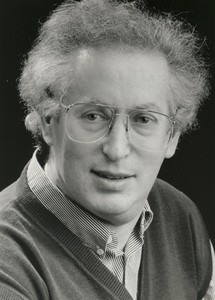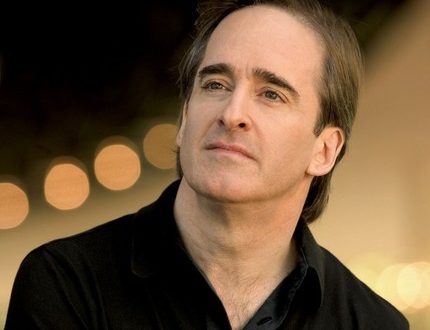
Pierre Monteux |
Pierre Monteux

Pierre Monteux is a whole era in the musical life of our time, an era spanning almost eight decades! Many remarkable events are associated with his name, forever remaining in the musical annals of the century. Suffice it to say that it was this artist who was the first performer of such works as Debussy’s Games, Ravel’s Daphnis and Chloe, The Firebird, Petrushka, The Rite of Spring, Stravinsky’s The Nightingale, Prokofiev’s Third Symphony, “Cornered hat” de Falla and many others. This alone speaks quite convincingly about the place that Monteux occupied among the world’s conductors. But at the same time, the sensations that often accompanied his performances belonged primarily to the composers: the performer, as it were, remained in the shadows. The reason for this is the extraordinary modesty of Monteux, the modesty not only of a person, but also of an artist, which distinguished his entire conducting style. Simplicity, clarity, precise, measured gesture, stinginess of movements, complete unwillingness to flaunt oneself were invariably inherent in Monteux. “To communicate my ideas to the orchestra and to bring out the concept of the composer, to be the servant of the work, that is my only goal,” he said. And listening to the orchestra under his direction, it sometimes seemed that the musicians were playing without a conductor at all. Of course, such an impression was deceptive – the interpretation was elusive, but strictly controlled by the artist, the author’s intention was revealed completely and to the end. “I don’t demand more from a conductor” — this is how I. Stravinsky assessed the art of Monteux, with whom he was connected by many decades of creative and personal friendship.
Monteux’s work bridges, as it were, the music of the nineteenth century to the music of the twentieth. He was born in Paris at a time when Saint-Saens and Faure, Brahms and Bruckner, Tchaikovsky and Rimsky-Korsakov, Dvorak and Grieg were still in full bloom. At the age of six, Monteux learned to play the violin, three years later he entered the conservatory, and three years later he made his debut as a conductor. At first, the young musician was an accompanist of Parisian orchestras, playing violin and viola in chamber ensembles. (It is curious that many years later he happened to accidentally replace a sick violist in a concert of the Budapest Quartet, and he played his part without a single rehearsal.)
For the first time, Monteux the conductor drew close attention to himself in 1911, when he brilliantly held a concert of works by Berlioz in Paris. This was followed by the premiere of “Petrushka” and a cycle dedicated to contemporary authors. Thus, two main directions of his art were immediately determined. As a true Frenchman, who also possessed grace and soft charm on the stage, his native musical speech was especially close to him, and in the performance of the music of his compatriots he achieved remarkable perfection. Another line is modern music, which he also promoted all his life. But at the same time, thanks to his high erudition, noble taste and refined skill, Monteux perfectly interpreted the musical classics of different countries. Bach and Haydn, Beethoven and Schubert, Russian composers occupied a firm place in his repertoire…
The versatility of the artist’s talent brought him especially great success in the period between the two world wars, when he led many musical groups. So, since 1911, Monteux was the chief conductor of the troupe “Russian Ballet S. Diaghilev”, for a long time led the Boston and San Francisco orchestras in the USA, the Concertgebouw orchestras in Amsterdam and the Philharmonic in London. All these years, the artist has toured tirelessly around the world, performing on concert stages and in opera houses. He continued his concert activity in the 1950s and 1960s, already a deep old man. As before, the best orchestras considered it an honor to perform under his direction, especially since the charming artist was universally loved by the orchestra members. Twice Monteux performed in the USSR – in 1931 with Soviet ensembles, and in 1956 with the Boston Orchestra.
Monteux amazed not only by the intensity of his activity, but also by his extraordinary devotion to art. For three quarters of the century he spent on the stage, he did not cancel a single rehearsal, not a single concert. In the mid-50s, the artist was in a car accident. Doctors ascertained serious bruises and a fracture of four ribs, they tried to put him to bed. But the conductor demanded that a corset be put on him, and on the same evening he held another concert. Monteux was full of creative energy until his very last days. He died in the city of Hancock (USA), where he annually led the summer school of conductors.
L. Grigoriev, J. Platek





